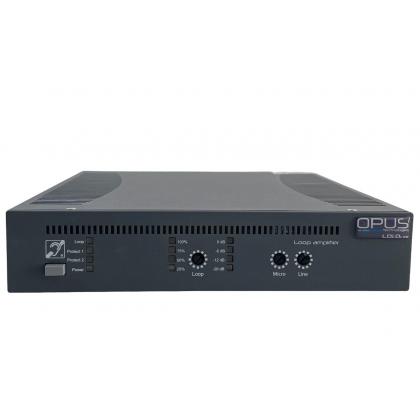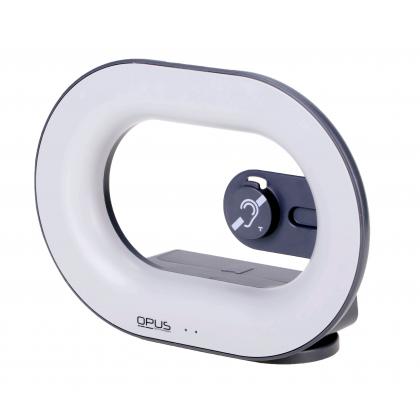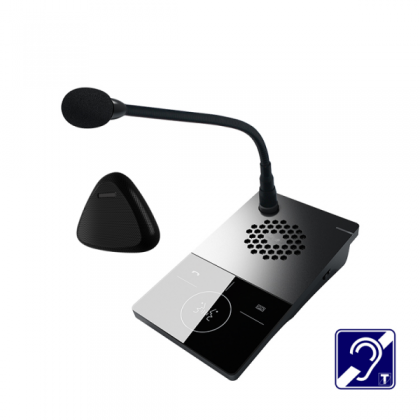Hearing Induction Loops Guide
Hearing loss affects 1/6 of the population therefore it is a top priority to provide assistive listening technologies such as hearing loop systems for accessibility and inclusivity.
Hearing loops or assistive listening technologies are installed in lots of locations around the globe they provide communication for those living with hearing loss by sending sound sources directly and cutting out background noise.
What is a Hearing Induction Loop?
A hearing loop or induction loop works by providing a direct link to a sound source for example a microphone, television or sound system. The sound is picked up by a microphone, converted to a magnetic signal by amplifier which is then transmitted towards a user via hearing loop aerial. The magnetic signal is picked up by the Telecoil within a users hearing device this means the user will then be able to hear with clarity.
 How do I know if an assistive listening system installed?
How do I know if an assistive listening system installed?
Where there is an induction loop system installed signs will follow. Signage is part of the BS 8300 code of practice; it is part of an integrated communication scheme. It is essential to have signage to point out that assistive listening systems are installed as it gives clear directions, information and instruction.
What are the benefits of hearing loops?
The benefits of hearing induction loops are not just for the user, it also benefits the buildings and businesses that install the systems. The benefits are as follows:
- Improves communication therefore expanding customer engagement
- Fulfils legal requirements - BS 8300 code of practice
- Provides inclusivity making people feel understood and supported
- Enhances customers experience
- Attracts new customers
- Encourages loyalty and makes you stand out amongst competitor brands
Are there different types of induction loops?
There are three main types of hearing induction loops; one-to-one, integrated and large area loops. The type of induction loop used depends mainly on the environment in which the loop system is installed in.
One-to-One Hearing Induction Loops
The one-to-one hearing induction loops are used in a variety of places such as bank counters, supermarket checkouts and ticket offices. They are used to assist in situations where conversations between two people take place, it can be a portable or fixed solution.

Integrated Hearing Loops
Integrated hearing induction loops are used in systems such as; door entry intercoms, ticket machines and supermarket checkouts. They allow a variety of automated machines such as self-service counters and help points to provide audio instruction to people with hearing loss.

Large Area Hearing Loops
Large area hearing induction loops are used in environments where large numbers of people can benefit from a high quality listening experience e.g. classrooms, conference centres and theatres.
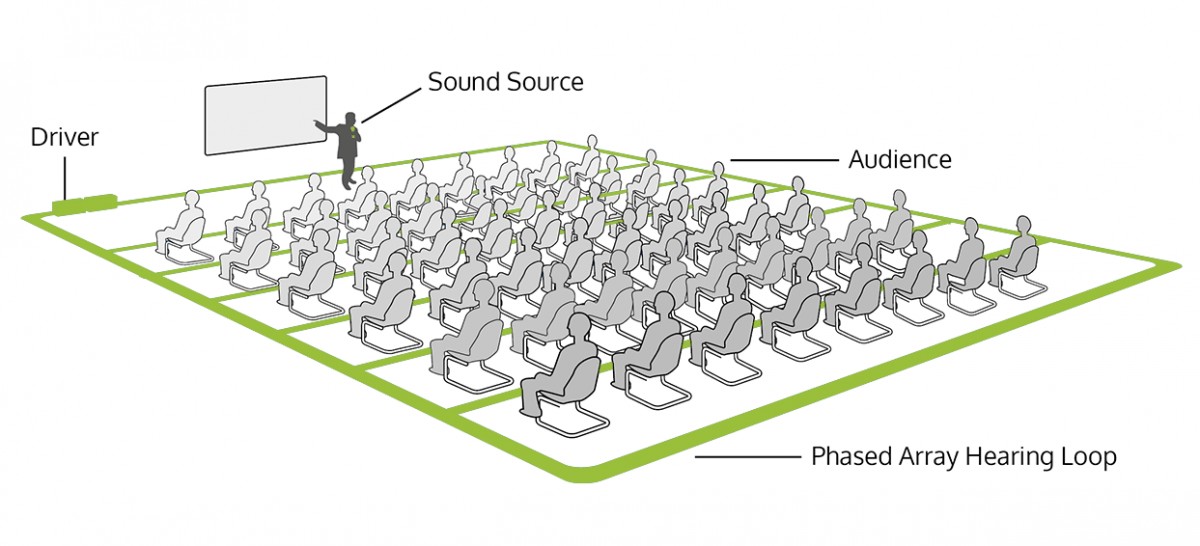
Sound Sources
Sound sources are often an overlooked part of hearing induction loop systems. They are a key component for delivering great sound quality to users.
Using a microphone for example – there are factors you must consider such as; the positioning of the microphone and the input type (cardioid vs. omni-directional) this largely impacts the audio experience for the customers. A microphone installed away from the speaker will also provide poor quality sound which then affects the performance of the hearing induction loop system.
Which microphone do I need to use with my induction loop system?
The microphone you select to go with your induction loop system depends on your needs e.g. if it is to be used for a large area hearing loops or for one-to-one and of course the environment which the system is being installed.
The most common used microphones in an hearing loop system are;
This is because they have the highest tolerance of magnetic feedback. For best practice place the microphone(s) as close as possible to the speaker.
Dynamic microphones contain moving coil magnets, therefore should not be used as this can
To avoid interference, it is advised that microphone cables should be sited one metre away minimum from loop cable.
Which microphone do I need?
The table below shows a summary of microphone types and applications that they are suitable for. Some other microphone types may be possible to use in certain scenarios. If in doubt about which microphone to use, contact one of CIE’s technical support team for advice.
.png)
How do you specify an induction loop system?
Specifying which loops system is needed has traditionally been worked out by the area size. However area size alone is not the most accurate requirement to base specification on. A variety of factors must be considered to specify a hearing induction loop system such as:
- Size of the area where it will be situated to determine which type of driver is required.
- Is there magnetic background noise? Electrical equipment and mains wiring can cause interference with hearing aids using the ‘T’ setting.
- Is there surrounding metal in the buildings infrastructure which could impact the loop signal?
- Is there more than one induction loop being installed? If so make sure the loop signals do not overlap as this can comprise privacy.
- Positioning of the induction loop aerials. The head positioning, standing and seating arrangements of users must be considered.
Using a method that is user-focused and basing it on the requirements of each individual area, this will specify and provide a loop system with a faultless listening experience.
Need help planning your next project?
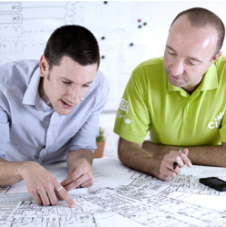 CIE is one of the UK's leading and most innovative professional AV distributors and is a leading provider of Induction Loops and Assistive Listening Technology Systems.
CIE is one of the UK's leading and most innovative professional AV distributors and is a leading provider of Induction Loops and Assistive Listening Technology Systems.
With over 50 years experience in supply and system design for many of the UK's largest, high profile audio projects, our AV experts provide a unique level of technical support and customer service.
Call the CIE AV experts now on T. 0115 9770075 or email us at [email protected]
Featured Products
